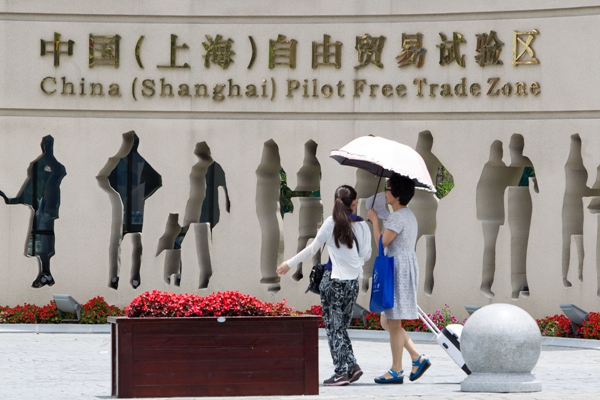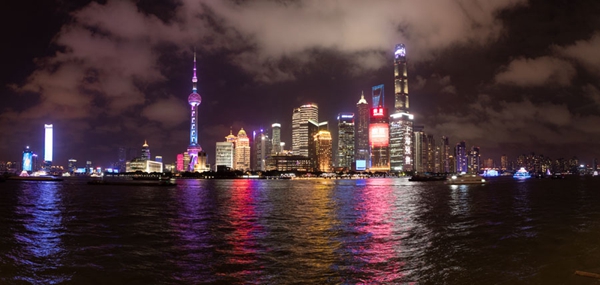Researcher looks forward to FTZ new areas
Zhou Zhenhua, dean of the Shanghai Global Cities Research Institute, looked forward to the target orientation and experimental focus of new areas in the China (Shanghai) Pilot Free Trade Zone at the 6th China Pilot Free Trade Zone Forum on Dec 22.
Zhou said that the new areas will be a highland for reform and opening up in the new era, and a starting point of further development. The construction of the new areas will explore the road ahead for economic development.
"At present, the global industrial chain layout of multinational corporations has been adjusted from the 'offshore' layout to the 'nearshore' layout. In the past, when selecting location, multinational corporations first considered the cost, but now they consider the potential market size," said Zhou.
"The implication of this change is that the Asia-Pacific region will form a relatively complete industrial supply chain. In this context, the new areas in the Shanghai Free Trade Zone are to some extent a new platform for the integration of Asia-Pacific supply chains," he added.
He believes that the current export-oriented economic development model is no longer sustainable, as only new service trade and digital trade have potential. The new areas should make major breakthroughs in health care, education and training, technology services and financial services.
Zhou said that Shanghai is becoming a global city. The core function of global cities is the allocation function of global resources. Consequently, it is worth exploring how the new areas will help Shanghai become a global city and realize global resource allocation.
What is the relationship between the new areas and the original free trade zone? In this regard, Zhou believes that, firstly, the institutional innovations originally implemented in the trade zone should be further deepened and even help make breakthrough in the new areas. For example, the finance and service industries require more openness.
Secondly, the big difference between the new areas and the original free trade zone is that they focus not only on openness and institutional innovation, but also on development. Just like Pudong in the past, they highlight both development and opening up.
"If having characteristics of both openness and development, then the new areas are not suitable as mature areas. There must be enough space, and the space should be a comprehensive development space, not simply serving a certain function," he said.
Thirdly, the management model of the new areas must also be new, because there are a large number of open industries. The industrial park should be an open area with no physical fences, but special supervision should be implemented to implement special policies. This is also worth exploring.

Pedestrians walk past the entrance of the China (Shanghai) Pilot Free Trade Zone. [Photo by Wu Jun/For China Daily]

Skyscrapers dominate the skyline of Pudong New Area in Shanghai. [Photo by Gao Erqiang/China Daily]


 China's public holidays for 2025
China's public holidays for 2025  Shanghai FTZ: Go all out to build China's first pilot zone for Silk Road E-commerce cooperation
Shanghai FTZ: Go all out to build China's first pilot zone for Silk Road E-commerce cooperation  Favorable policies boost 'China Travel' trend
Favorable policies boost 'China Travel' trend  play
play 